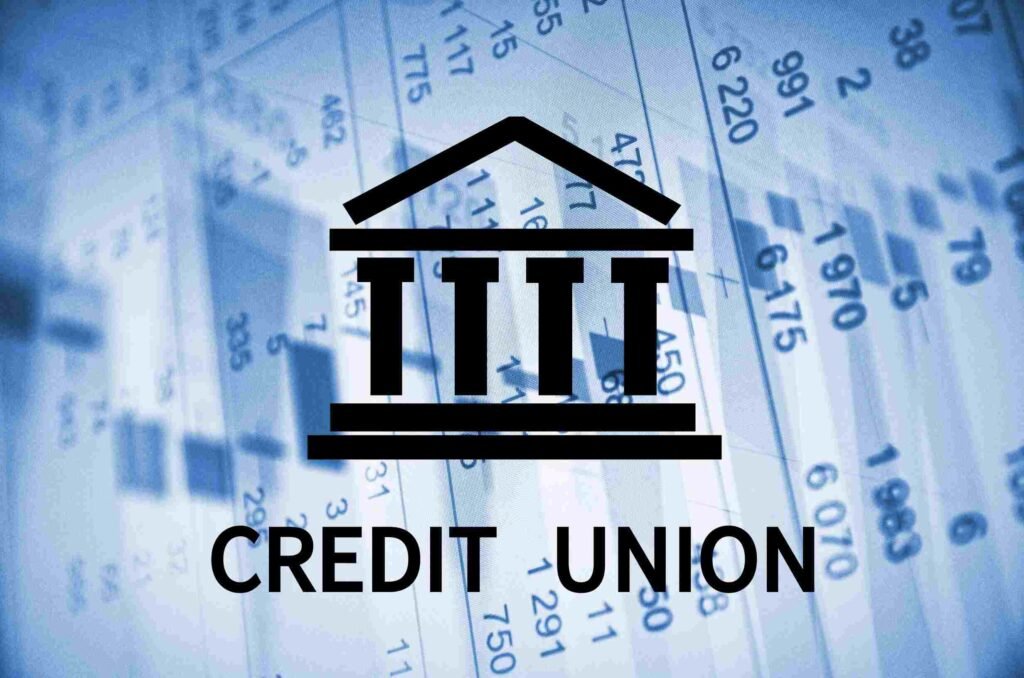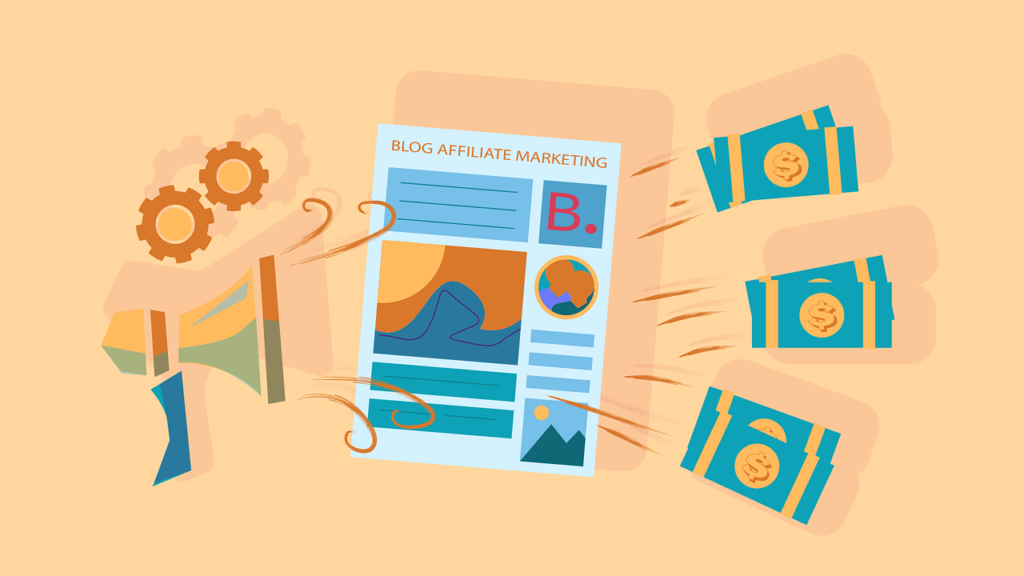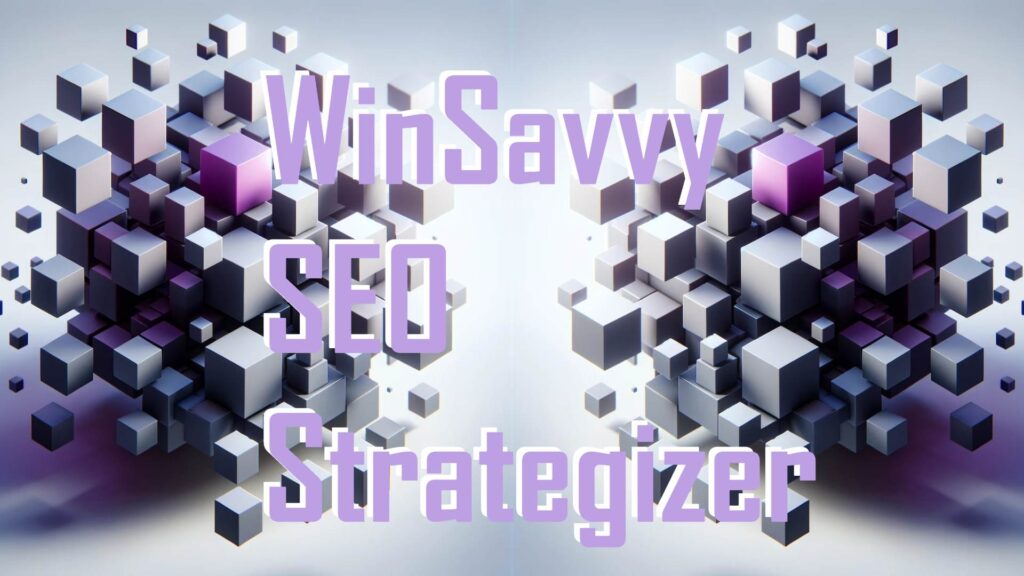In the digital age, platforms like Facebook, Instagram, YouTube, and Google are essential for reaching audiences, generating leads, and driving sales. But what happens if you suddenly lose access to one of these platforms? Whether it’s due to a policy violation, unexpected account ban, or regulatory change, a platform ban can disrupt business operations, sever connections with audiences, and cause significant revenue loss. No brand expects to face a ban, but preparing for it can help mitigate risks and ensure continuity.
A solid contingency plan protects your business from unexpected interruptions and helps diversify your brand’s reach. Here’s how to create an actionable strategy that keeps your brand moving forward—even when access to a platform is lost.
Understanding the Risks of Platform Dependency
Platforms Can Change Overnight
Digital platforms operate independently, often making policy updates, algorithm changes, or enforcement shifts with little notice. A minor policy adjustment can suddenly make previously acceptable practices against the rules, leading to suspended accounts or restrictions. These sudden shifts can impact your ability to reach customers and disrupt your business flow, especially if you rely heavily on one platform.
For instance, brands that invested heavily in Facebook ads faced a sudden hit when new ad restrictions rolled out, limiting reach and impacting ROI. By preparing for such changes, you minimize their impact on your bottom line.
Platform Bans Happen More Often Than You Think
It’s not uncommon to hear about brands or influencers suddenly losing access to platforms for unintentional violations or automated flags. While some accounts are reinstated after appeal, the downtime alone can mean lost revenue, stalled campaigns, and weakened audience relationships. Preparing for a ban ensures that your brand remains resilient, regardless of platform disruptions.
Diversifying Reduces Vulnerability
If a single platform accounts for a significant portion of your traffic or sales, any disruption on that platform could put your business at risk. By spreading your efforts across multiple channels, you lower the risk of a single ban having a catastrophic impact on your operations. This diversification approach helps build resilience, as no single channel becomes indispensable.
Step 1: Establish Alternative Channels for Key Functions
Identify the Core Functions Each Platform Serves
Start by listing the specific roles each platform plays in your marketing strategy. Are you using Instagram for brand awareness, Facebook for paid ads, and YouTube for educational content? Identifying each channel’s unique function allows you to plan alternatives if one goes offline.
For example, if you rely on YouTube for video marketing, think about alternative video hosting sites, like Vimeo or Wistia, that can also embed directly on your website. By knowing the exact role of each platform, you can make quick adjustments that maintain campaign continuity.
Build an Owned Content Hub on Your Website
Relying on platforms for audience engagement can be risky, as they control the visibility and accessibility of your content. By building an owned content hub on your website, such as a blog, video library, or resource center, you create a space where your audience can find valuable information regardless of social media access. This approach establishes a stable foundation that you control entirely, reducing your dependence on external platforms.
For example, an educational brand could house all its tutorials, articles, and downloadable resources on a website-based learning center. If their social media accounts face issues, the brand can direct users to this hub, ensuring continuity of access.
Step 2: Cultivate an Email List for Direct Communication
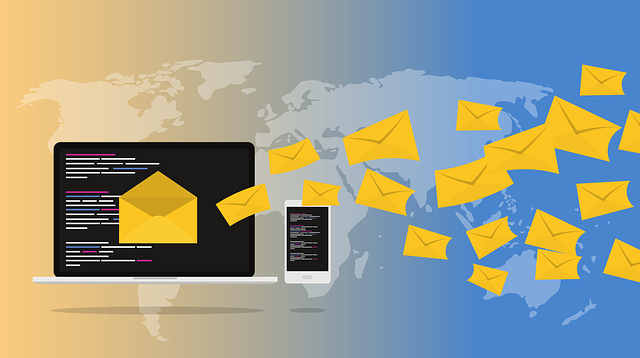
Focus on Building Your Email Subscriber Base
An email list is an invaluable asset that gives you a direct line to your audience without platform restrictions. By encouraging social media followers to join your email list, you establish a resilient connection with them. To entice sign-ups, consider offering lead magnets like guides, templates, or exclusive discounts.
For instance, a clothing brand could offer a 10% discount on the next purchase for newsletter sign-ups. If the brand loses access to Instagram or Facebook, it can still communicate directly with subscribers, keeping them informed about new collections, sales, and updates.
Develop an Engaging Email Strategy
Having an email list is just the first step; maintaining it requires a consistent, engaging strategy. Use your email platform to send updates, share valuable content, and offer personalized experiences. A well-maintained email strategy keeps your audience engaged with your brand, ensuring they remain connected even if social media access is restricted.
For example, a fitness brand might send a weekly newsletter with workout tips, motivational content, and product recommendations. If the brand suddenly loses access to social media, loyal email subscribers will still receive regular, valuable updates, preserving brand connection.
Step 3: Utilize SMS Marketing as a Backup Communication Channel
Build an Opt-In SMS List
Like email, SMS marketing offers a direct way to reach customers without relying on external platforms. Although it’s a more limited medium, SMS can be incredibly effective for timely updates, promotions, and alerts. Create opportunities for users to opt-in to your SMS list, particularly if you run time-sensitive promotions.
For example, an eCommerce brand could offer a one-time discount for customers who sign up for SMS updates. If access to social media is lost, SMS provides a way to quickly inform customers about sales or events, maintaining engagement.
Develop a Short, Action-Oriented SMS Strategy
When using SMS, keep messages short and action-oriented to respect the medium and avoid overuse. Messages should add clear value, such as exclusive offers, restock alerts, or early access to sales. This approach keeps customers engaged while avoiding message fatigue.
For instance, a beauty brand could use SMS to alert customers when popular products are back in stock, encouraging quick action. In the event of a platform disruption, SMS ensures that the brand can still connect directly with customers.
Step 4: Cultivate Strong Community Engagement on Multiple Platforms
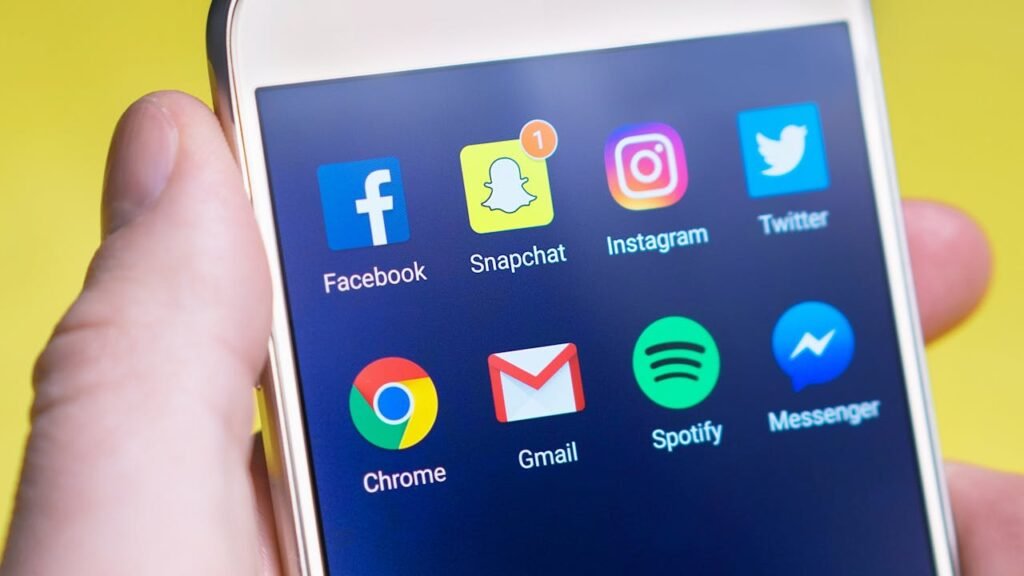
Diversify Your Social Presence Beyond One Platform
If your brand primarily relies on a single social media channel, consider expanding to additional platforms that align with your audience. Having an established presence on multiple platforms provides a safety net if one account is restricted or banned. Consider complementary platforms like Twitter, LinkedIn, or Pinterest, depending on your target demographic.
For instance, a B2B company could expand beyond LinkedIn to also share thought leadership on Twitter and publish articles on Medium. In case of a LinkedIn restriction, the brand’s voice and expertise remain visible to its audience on other channels.
Build Community Connections Outside of Social Media
Community engagement doesn’t have to happen solely on social media. Consider creating a community hub on your website or launching a private forum where customers can connect, discuss, and share ideas. Platforms like Discord or Slack can also serve as alternatives for community building, allowing you to foster connections independently of traditional social media.
For example, a gaming brand might establish a Discord server where fans can discuss games, share tips, and connect with the brand directly. This self-sustaining community remains engaged, even if the brand’s primary social accounts experience issues.
Step 5: Integrate a Content Diversification Strategy
Repurpose Content Across Different Formats
Repurposing content allows you to diversify your reach and reduce dependence on any one platform. A blog post can become a video, a video can become a podcast episode, and a podcast can become an infographic. This multi-format approach enables you to reach different audiences on different channels and ensures that content remains accessible even if one format or platform is disrupted.
For example, an educational company could repurpose a blog post on study tips into a YouTube video, a series of Instagram stories, and an email newsletter. This way, if they lose access to one channel, other formats still bring value to their audience.
Host Webinars and Virtual Events on Your Own Platform
Hosting events on external platforms can be effective, but consider hosting webinars, workshops, or Q&A sessions directly on your website. Using a tool that allows users to register and attend through your site builds a self-contained event space that’s independent of third-party social media platforms.
For instance, a digital marketing agency might host monthly webinars on its website, with attendees registering via email. If the agency’s social media accounts experience disruptions, it can continue hosting these events, keeping the brand active and engaging without interruption.
Step 6: Develop an Influencer and Affiliate Network
Partner with Influencers Across Multiple Platforms
An influencer network that spans multiple platforms reduces the risk of audience disconnection if one platform becomes unavailable. Collaborate with influencers who have a presence on different platforms, from blogs to YouTube channels, as they can help maintain visibility across varied audiences.
For instance, a travel brand might partner with influencers who create content on Instagram, TikTok, and personal blogs. In case of an Instagram ban, influencers on other platforms continue to drive awareness and engagement, safeguarding the brand’s reach.
Establish an Affiliate Marketing Program
Affiliate marketing programs allow partners to promote your brand independently of social media. By building a network of affiliates, you create brand ambassadors who can drive traffic through their own channels. Affiliates use their websites, blogs, and other online spaces to promote your products, providing reach beyond traditional social media.
For example, an online fitness retailer could create an affiliate program, offering commissions to bloggers who write about workout gear. If the retailer’s main social accounts are interrupted, affiliates continue to bring in traffic and sales through diverse channels.

Related: Check out our free tools:

Step 7: Monitor Platform Policy Changes and Prepare for Contingencies
Stay Informed About Platform Policy Updates
Monitoring policy updates on each platform allows you to anticipate potential risks. By staying informed, you can adjust your practices to remain compliant and avoid unexpected bans. Sign up for newsletters, follow official channels, and pay attention to platform guidelines to keep your brand’s activities aligned with current policies.
For example, a cosmetics brand that advertises on Facebook could regularly review Facebook’s advertising policies, ensuring that new products and campaigns remain compliant. This proactive approach minimizes the chance of sudden restrictions or account issues.
Develop a Detailed Platform Ban Response Plan
Just as businesses create disaster recovery plans, your brand should have a platform ban response plan. This plan outlines the steps you’ll take if a primary channel becomes inaccessible, ensuring a rapid and organized response. Your plan might include backup social accounts, a communication strategy, and alternative engagement channels.
For instance, a retail brand might prepare a platform ban response plan that includes shifting paid ad budgets to another channel, using email and SMS to notify customers, and increasing engagement on secondary social platforms. By having a plan in place, the brand can respond quickly and confidently, minimizing disruption.
Step 8: Establish a Customer Data Strategy for Independence

Prioritize First-Party Data Collection
Building a first-party data strategy ensures that you retain valuable customer information directly, rather than relying on platform-provided data. First-party data includes information customers share with you directly, such as purchase history, preferences, and email sign-ups. This data is invaluable because it’s accurate, comprehensive, and controlled by you.
For example, an eCommerce store could use its website to collect customer preferences and shopping behaviors. By leveraging this data, the store can create personalized recommendations and offers, strengthening customer relationships independent of platform data.
Implement a Customer Data Platform (CDP)
A Customer Data Platform (CDP) centralizes customer data, providing a unified view of your audience across channels. By consolidating insights from multiple touchpoints, you gain a holistic understanding of your customers without relying solely on social media insights. A CDP enhances targeting accuracy and allows for personalized experiences across email, SMS, and website interactions.
For instance, a hospitality brand could use a CDP to track interactions across its booking site, email campaigns, and loyalty program. With this comprehensive data, the brand can segment and target customers with relevant offers—ensuring high engagement even without social media data.
Step 9: Diversify Advertising Spend Across Platforms
Test Alternative Ad Channels
Instead of focusing heavily on one or two major platforms, diversify your ad spend across multiple networks to reduce the impact of any one platform’s restriction or policy change. Explore alternative platforms like TikTok, Pinterest, Reddit, and native ad networks to reach different segments of your audience.
For example, a consumer goods brand that typically invests in Facebook and Instagram ads could experiment with TikTok ads or native advertising platforms like Taboola. By spreading its advertising investment, the brand builds a more resilient strategy that isn’t as dependent on any one platform’s performance.
Invest in Programmatic Advertising
Programmatic advertising automates the ad-buying process and allows you to reach audiences across a wide range of sites and apps. Because it doesn’t rely on a single social media platform, programmatic advertising reduces the risk associated with platform dependency. It also enables more precise targeting based on data, ensuring your ads reach the right audience.
For instance, a SaaS company could use programmatic ads to target business decision-makers across various publications, industry websites, and apps. This approach helps the company reach relevant users without relying solely on LinkedIn or Facebook’s targeting features.
Step 10: Cultivate Relationships with Key Accounts and Partners

Build Direct Relationships with Key Clients and Customers
If a platform ban disrupts your ability to communicate with clients or customers, having strong direct relationships can help maintain those connections. Make it a priority to reach out to key clients regularly through phone calls, email, or in-person meetings, strengthening bonds that don’t rely on digital platforms.
For example, a B2B consulting firm could schedule monthly check-ins with its top clients, ensuring they feel valued and supported. This approach strengthens client relationships, making them more resilient to disruptions caused by platform restrictions or bans.
Partner with Complementary Brands for Cross-Promotions
Collaborating with other brands allows you to reach new audiences independently of social media platforms. Identify complementary businesses and create cross-promotional campaigns, like co-hosted webinars, email swaps, or content collaborations. These partnerships not only expand your reach but also reduce your reliance on social media for visibility.
For instance, a fitness equipment company could partner with a nutrition brand to offer a combined discount or a free eBook on wellness. By promoting the offer across their respective email lists and websites, both brands benefit from each other’s audiences without depending on social media exposure.
Step 11: Develop a Content Backup Strategy
Store Content in a Central Repository
To avoid losing valuable content due to a platform ban, ensure that all your posts, videos, and graphics are backed up in a secure location. Use cloud storage or a content management system to keep your assets safe and easily accessible. This way, you can quickly repost or repurpose content on other platforms if needed.
For example, a beauty influencer who regularly posts tutorials on Instagram and YouTube could save all videos and captions in a dedicated Google Drive folder. If either platform experiences an issue, they still have their content readily available for use elsewhere.
Create a Content Syndication Plan
Content syndication allows you to republish your content across various channels and third-party sites, extending its reach and minimizing dependency on any one platform. Syndicate blog posts, videos, or infographics on sites like Medium, LinkedIn, and industry-specific platforms to reach diverse audiences.
For instance, a tech brand that publishes original articles on its blog could syndicate them on Medium and LinkedIn. This approach not only broadens reach but also preserves visibility if one channel faces restrictions.
Step 12: Monitor Brand Mentions and Conversations Beyond Social Media
Use Social Listening Tools for Broad Monitoring
Social listening tools like Brandwatch, Mention, or Sprout Social allow you to track brand mentions, discussions, and sentiment across the web, not just on social media. By monitoring how your brand is discussed on forums, blogs, and news sites, you stay connected to customer conversations even if access to a primary social media channel is lost.
For example, a travel agency might use a social listening tool to monitor brand mentions on travel forums, review sites, and competitor pages. This helps the brand stay aware of customer feedback and respond accordingly, even if they lose access to a platform like Facebook or Instagram.
Establish a Presence on Niche Forums and Community Sites
In addition to mainstream social media, niche forums and community sites allow brands to connect with specific audiences. Identify industry-related forums, Reddit communities, or other community-driven sites that align with your brand, and engage users directly in these spaces.
For instance, a home improvement brand could engage with audiences on forums like Houzz or relevant Reddit communities. By fostering relationships on niche platforms, the brand builds connections that persist independently of mainstream social channels.
Final Thoughts: Safeguarding Your Brand Against Platform Dependence
Preparing for platform bans doesn’t mean you anticipate losing access—it means you’re ready to adapt if the unexpected happens. Building resilience through diversified channels, owned assets, and strong customer relationships ensures that your brand can thrive independently of any one platform. By focusing on email, SMS, multi-platform engagement, and community building, you create a business model that’s sustainable, flexible, and less vulnerable to platform-specific risks.
When you make contingency planning part of your core strategy, you set up your brand to not only survive but thrive in an unpredictable digital landscape. Embrace the security and flexibility of a multi-channel approach, and your brand will be ready to engage, connect, and grow, no matter what the future holds for individual platforms.
READ NEXT:
- Are Vanity Metrics Killing Your Marketing Efficiency? Here’s What to Track Instead
- Pinpointing Digital Marketing ROI: Why Your Metrics Aren’t Telling the Full Story
- Unlocking Real ROI in Digital Marketing: The Hidden Costs Draining Your Budget
- How Misaligned Marketing Funnels Are Blocking Your ROI Potential
- Best Digital Marketing Agency In Santa Ana, California
- Best Digital Marketing Agency In San Francisco, California


